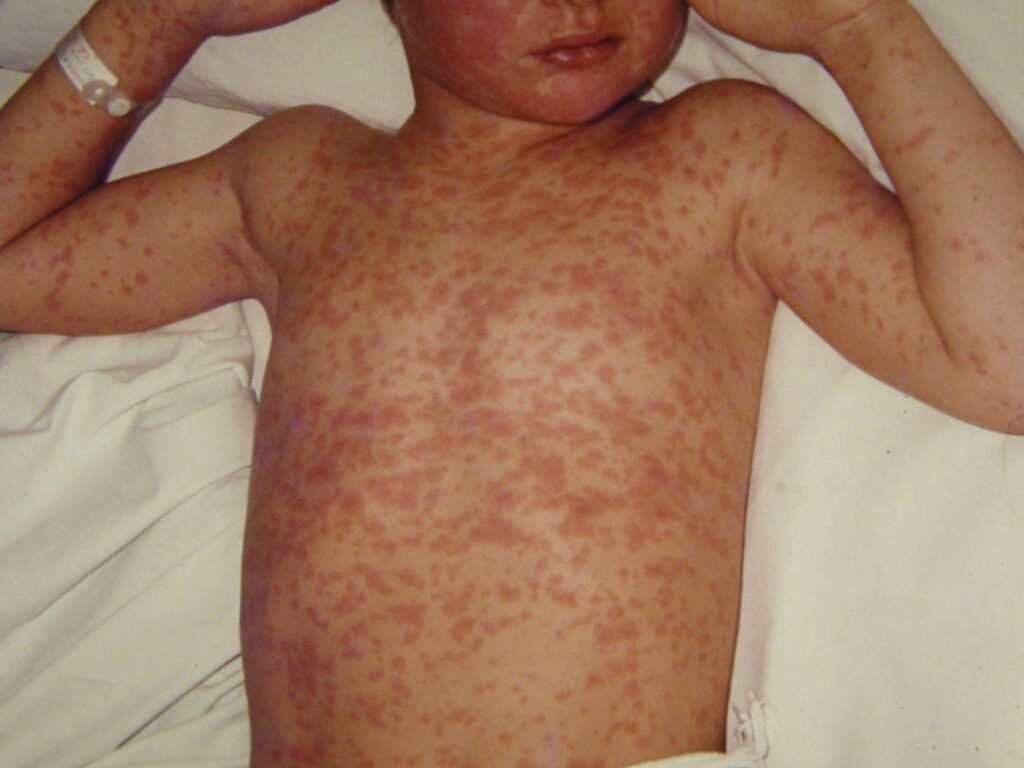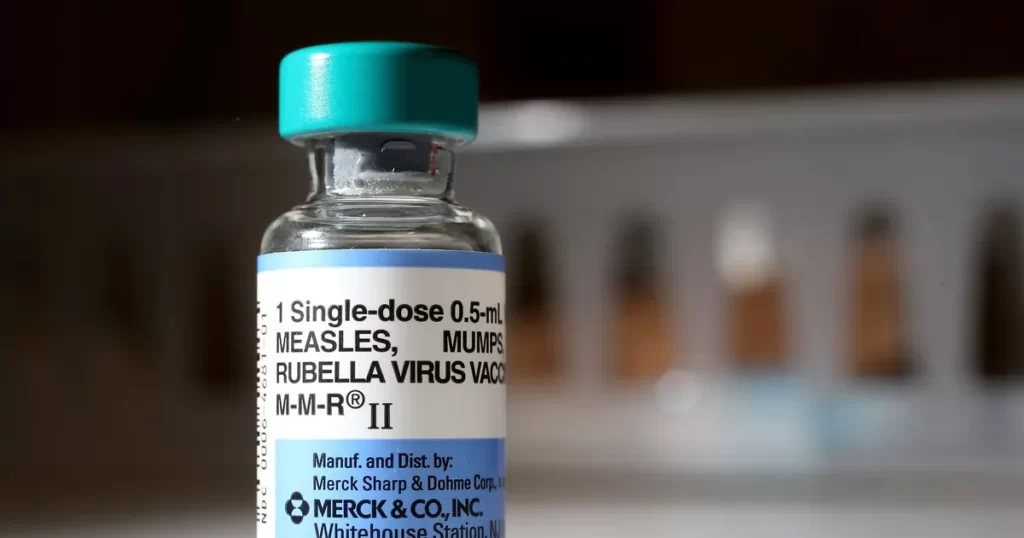The World Health Organization (WHO) has given an obvious admonition about the resurgence of measles in Europe, portraying the new expansion in cases as “disturbing.” This worrying trend serves as a reminder of the significance of vaccination and public awareness in the fight against diseases that can be avoided. As measles continues to pose a significant public health threat, understanding its symptoms and risks is paramount in safeguarding individuals and communities.

Measles, caused by the measles virus (MeV), is a highly contagious infectious disease characterized by fever, cough, runny nose, sore throat, and a distinctive red rash. The virus is spread through respiratory droplets and direct contact with infected individuals, making it easily transmissible, especially in crowded settings. While most people recover from measles without complications, the disease can lead to severe complications, particularly in vulnerable populations such as young children, pregnant women, and individuals with compromised immune systems.
The resurgence of measles in Europe is deeply concerning, as it reflects gaps in vaccination coverage and insufficient efforts to control the spread of the virus. According to WHO data, measles cases in Europe have reached their highest levels in over a decade, with outbreaks reported in several countries across the continent. Factors contributing to the resurgence include vaccine hesitancy, inadequate access to vaccination services, and gaps in surveillance and response mechanisms.
Vaccination remains the most effective strategy for preventing measles and its complications. The measles vaccine, typically administered as part of the measles-mumps-rubella (MMR) vaccine series, provides long-lasting immunity against the virus. The MMR vaccine is safe, highly effective, and recommended by health authorities worldwide for routine immunization of children and adults. By achieving high vaccination coverage rates within communities, herd immunity can be established, protecting those who are unable to receive the vaccine due to medical reasons or age.
Recognizing the symptoms of measles is crucial for early detection and prompt medical intervention. The initial symptoms of measles typically appear 10 to 14 days after exposure to the virus and often mimic those of a common cold or flu. These symptoms may include:

- Fever: Measles is often accompanied by a high fever, which may spike to 104°F (40°C) or higher.
- Respiratory Symptoms: A persistent cough, runny nose, and sore throat are common early signs of measles.
- Red Eyes (Conjunctivitis): Measles can cause inflammation of the eyes, leading to redness, sensitivity to light, and excessive tearing.
- Koplik’s Spots: Small white spots, known as Koplik’s spots, may appear inside the mouth a few days before the onset of the characteristic measles rash.
- Rash: The hallmark symptom of measles is a red, blotchy rash that typically begins on the face and spreads to the rest of the body. The rash usually lasts for several days and may be accompanied by itching.
Individuals experiencing these symptoms, especially if they have not been vaccinated against measles, should seek medical attention promptly. Diagnosis is based on clinical evaluation and laboratory testing, including blood tests and viral cultures.

In addition to vaccination, preventive measures such as hand hygiene, respiratory etiquette, and avoiding close contact with sick individuals can help reduce the risk of measles transmission. Public health authorities play a crucial role in controlling outbreaks through timely surveillance, case investigation, contact tracing, and outbreak response measures, including targeted vaccination campaigns and public awareness campaigns.
The resurgence of measles in Europe serves as a stark reminder of the importance of maintaining high vaccination coverage rates and strengthening health systems to prevent and control infectious diseases. By prioritizing vaccination, promoting awareness, and strengthening collaborative efforts at the local, national, and international levels, we can work towards eliminating measles and protecting the health and well-being of individuals and communities worldwide.

